Home>Gardening & Outdoor>Landscaping Ideas>What Is The Best Time To Water Grass In The Summer
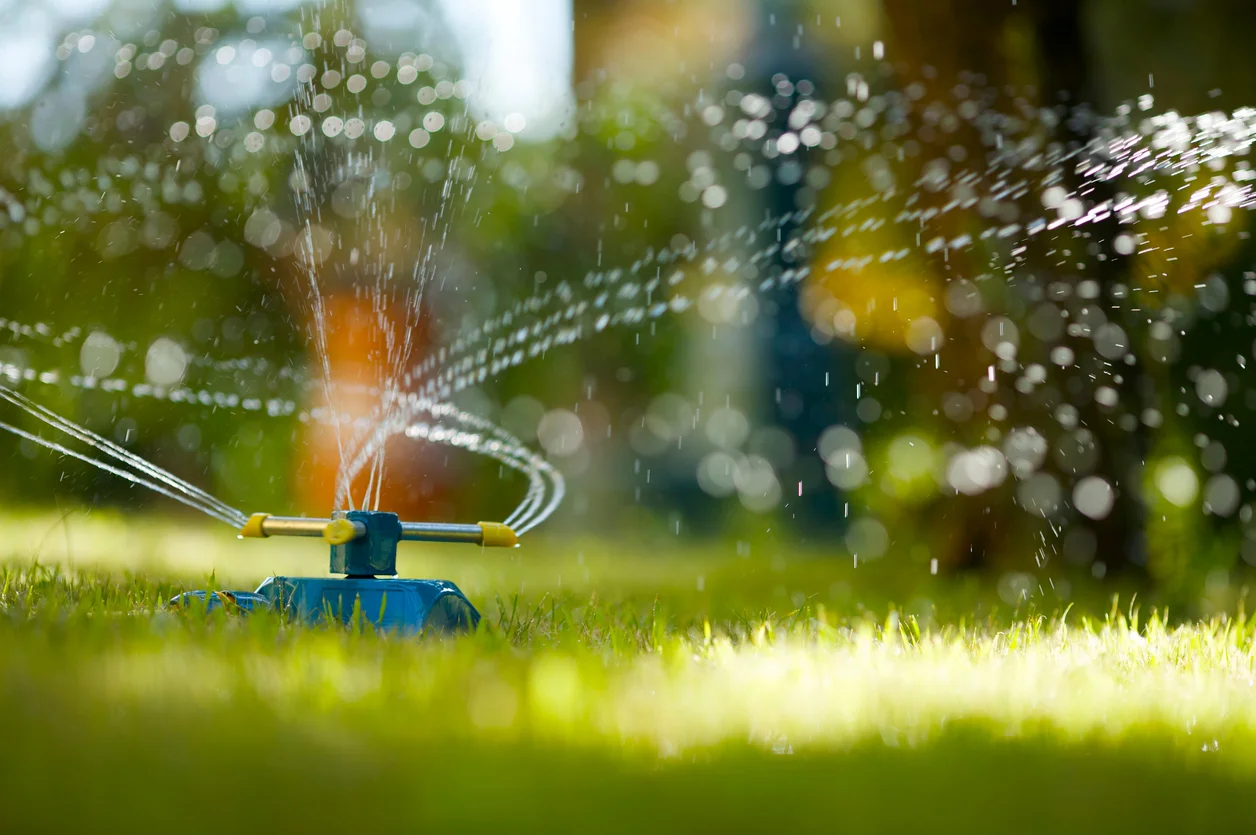

Landscaping Ideas
What Is The Best Time To Water Grass In The Summer
Modified: March 24, 2024
Discover the best time to water your grass in the summer with these expert landscaping ideas. Keep your lawn healthy and vibrant all season long.
(Many of the links in this article redirect to a specific reviewed product. Your purchase of these products through affiliate links helps to generate commission for Storables.com, at no extra cost. Learn more)
Introduction
Welcome to the world of landscaping and lawn care, where the beauty of a lush, green lawn can transform any outdoor space into a tranquil oasis. However, achieving and maintaining that vibrant green expanse requires thoughtful care and attention, especially during the hot summer months. One of the most critical aspects of summer lawn care is watering. In this comprehensive guide, we will delve into the best practices for watering your grass during the summer, ensuring that your lawn remains healthy and resilient even in the face of scorching temperatures.
As we explore the optimal watering strategies for summer, it’s essential to consider the specific needs of your grass, the environmental factors at play, and the most effective techniques for promoting deep root growth and overall lawn vitality. By understanding the intricacies of summer lawn watering, you can cultivate a lawn that not only survives but thrives, providing a verdant backdrop for outdoor activities, relaxation, and enjoyment.
Key Takeaways:
- Water your grass early in the morning to maximize absorption and minimize evaporation, promoting a healthy, lush lawn during the summer months.
- Tailor your watering schedule to your specific grass type, soil composition, and environmental conditions to ensure your lawn thrives in the face of summer’s challenges.
Factors to Consider When Watering Grass in the Summer
When it comes to watering your grass during the summer, several key factors come into play, each influencing the frequency and timing of your watering routine. Understanding these factors is crucial for maintaining a healthy lawn in the face of summer heat and potential water stress.
- Grass Type: Different grass species have varying water requirements. Warm-season grasses such as Bermuda, Zoysia, and St. Augustine thrive in hot climates and generally require less water compared to cool-season grasses like Kentucky bluegrass and fescue.
- Soil Type: The composition of your soil significantly impacts its water retention and drainage capabilities. Sandy soils drain quickly and may necessitate more frequent watering, while clay soils retain moisture for longer periods, affecting the watering frequency.
- Weather Conditions: High temperatures, intense sunlight, and low humidity levels accelerate evaporation, leading to increased water loss from the soil and grass. Additionally, periods of drought or heatwaves intensify the need for adequate watering.
- Thatch and Compaction: Excessive thatch or compacted soil can impede water penetration, hindering the grassroots’ access to moisture. Addressing these issues through proper lawn maintenance practices can optimize water absorption.
- Established vs. New Lawns: Newly seeded or sodded lawns require more frequent watering to support germination and establishment, while established lawns with deep root systems are generally more resilient and may require less frequent watering.
By taking these factors into account, you can tailor your watering regimen to suit the specific needs of your lawn, promoting healthy growth and resilience in the face of summer’s challenges.
Best Time of Day to Water Grass in the Summer
Timing plays a crucial role in the effectiveness of lawn watering, particularly during the summer when heat and sunlight can significantly impact water retention and absorption. Choosing the optimal time of day to water your grass is essential for maximizing moisture uptake and minimizing water loss due to evaporation. Here are the key considerations for determining the best time to water your lawn during the summer:
- Early Morning: The early morning, typically before 10 a.m., is widely regarded as the best time to water your grass during the summer. At this time, the temperatures are relatively cool, and winds are usually calm, reducing the risk of evaporation. Watering in the morning allows the grass blades to dry off gradually as the day progresses, minimizing the likelihood of fungal diseases taking hold.
- Avoid Midday Watering: Watering during the hottest part of the day, typically between 10 a.m. and 4 p.m., is highly discouraged. The intense sunlight and high temperatures lead to rapid evaporation, resulting in inefficient water absorption by the grass roots. Additionally, water droplets on the grass blades can act as magnifying lenses, potentially causing sunburn and scorching.
- Late Afternoon and Evening: While late afternoon and evening may seem like convenient times to water, they are generally less ideal due to prolonged moisture on the grass overnight, which can promote fungal growth. However, if these are the only available times for watering, it’s crucial to ensure that the grass has ample time to dry before nightfall to mitigate the risk of fungal issues.
By adhering to the recommended early morning watering schedule, you can optimize water absorption, minimize water wastage, and foster a healthier, more resilient lawn during the summer months.
The best time to water grass in the summer is early in the morning, between 6 am and 10 am. This allows the water to soak into the soil before it evaporates in the heat of the day, helping to keep your grass healthy and hydrated.
How Often to Water Grass in the Summer
Determining the frequency of watering for your lawn during the summer involves striking a balance between providing adequate moisture and preventing waterlogged conditions that can lead to issues such as root rot and fungal diseases. Several factors, including grass type, soil characteristics, weather patterns, and overall lawn health, influence the ideal watering frequency. Here’s a comprehensive guide to help you determine how often to water your grass in the summer:
- Grass Type: Warm-season grasses typically require less frequent watering than cool-season varieties. For warm-season grasses, such as Bermuda or Zoysia, watering every 3-4 days may suffice, while cool-season grasses like Kentucky bluegrass may require watering every 2-3 days during dry spells.
- Soil Moisture Levels: Monitoring the soil moisture is crucial in gauging the need for watering. Insert a screwdriver or soil probe into the ground; if it meets resistance, the soil is still moist, indicating that watering can be postponed. Conversely, if the soil feels dry beyond the top inch, it’s a sign that watering is necessary.
- Weather Conditions: Periods of intense heat, low humidity, or extended drought necessitate more frequent watering to compensate for increased water loss. Conversely, cooler and overcast days may allow for longer intervals between watering sessions.
- Established vs. New Lawns: Newly established lawns, whether from seed or sod, require consistent moisture to support root development. During the first few weeks, daily watering may be necessary, gradually transitioning to a less frequent schedule as the lawn becomes established.
It’s important to observe the grass for visual cues such as wilting or a bluish-gray hue, which indicate moisture stress. Adjust the watering frequency based on these observations while considering the specific needs of your lawn, ensuring that it receives the right amount of water at the right intervals to thrive throughout the summer.
Tips for Efficiently Watering Grass in the Summer
Efficient watering practices are essential for promoting healthy root development, minimizing water waste, and ensuring the overall vitality of your lawn during the summer. By implementing the following tips, you can optimize your watering routine to achieve the best results while conserving water:
- Deep Watering: Encourage deep root growth by watering the lawn thoroughly but infrequently. This promotes stronger, more resilient grass that can better withstand drought conditions.
- Use a Soaker Hose or Drip Irrigation: These methods deliver water directly to the soil, reducing evaporation and minimizing water contact with the grass blades, which can lead to fungal issues.
- Water in the Early Morning: As discussed earlier, early morning watering is optimal for maximizing water absorption and minimizing evaporation, setting the stage for a healthy, well-hydrated lawn.
- Adjust Based on Weather Conditions: Be proactive in adjusting your watering schedule based on weather forecasts. If rain is expected, you can skip a watering session to avoid over-saturating the soil.
- Mulch Grass Clippings: Leaving grass clippings on the lawn after mowing can act as a natural mulch, helping to retain moisture and reduce water evaporation from the soil surface.
- Perform a Sprinkler Audit: Ensure that your sprinkler system is properly calibrated and adjusted to avoid water waste due to overspray onto hardscapes or inefficient coverage of the lawn area.
- Consider Soil Amendments: Incorporating organic matter into the soil can improve its water retention capacity, reducing the frequency of watering while enhancing overall soil health.
- Monitor Local Watering Restrictions: Stay informed about any local watering restrictions or guidelines to ensure compliance while effectively managing your lawn’s water needs.
By implementing these tips, you can cultivate a water-efficient lawn that thrives throughout the summer, exhibiting lush, healthy growth while conserving this precious resource.
Read more: What Is The Best Time To Water Bermuda Grass
Conclusion
As the summer sun bathes your outdoor haven in warmth and light, your lawn stands as a living, breathing canvas of greenery, inviting relaxation and enjoyment. By understanding the intricacies of watering your grass during the summer months, you hold the key to nurturing a resilient, vibrant lawn that serves as the centerpiece of your outdoor landscape.
Throughout this guide, we’ve explored the essential considerations for watering your grass in the summer, from the optimal timing and frequency to the factors that influence your lawn’s water needs. By aligning your watering practices with the specific requirements of your grass type, soil composition, and environmental conditions, you can cultivate a lawn that thrives in the face of summer’s challenges.
Remember, watering your lawn is not just a routine task; it’s a nurturing ritual that fosters the health and beauty of your outdoor space. By embracing efficient watering techniques, such as deep watering, early morning irrigation, and mindful adjustments based on weather patterns, you can elevate your lawn care efforts to new heights, promoting lush, resilient grass that withstands the summer’s heat with grace.
As you embark on this journey of summer lawn care, may your efforts be rewarded with a verdant, thriving lawn that beckons barefoot strolls and joyful gatherings, a testament to your dedication and care. Embrace the art of watering your grass in the summer, and watch as your lawn flourishes, a living testament to the harmony between nature and nurturing hands.
With these insights and practices at your disposal, you are well-equipped to embark on a summer-long journey of nurturing and sustaining a vibrant, resilient lawn that serves as a testament to your dedication and care.
Frequently Asked Questions about What Is The Best Time To Water Grass In The Summer
Was this page helpful?
At Storables.com, we guarantee accurate and reliable information. Our content, validated by Expert Board Contributors, is crafted following stringent Editorial Policies. We're committed to providing you with well-researched, expert-backed insights for all your informational needs.
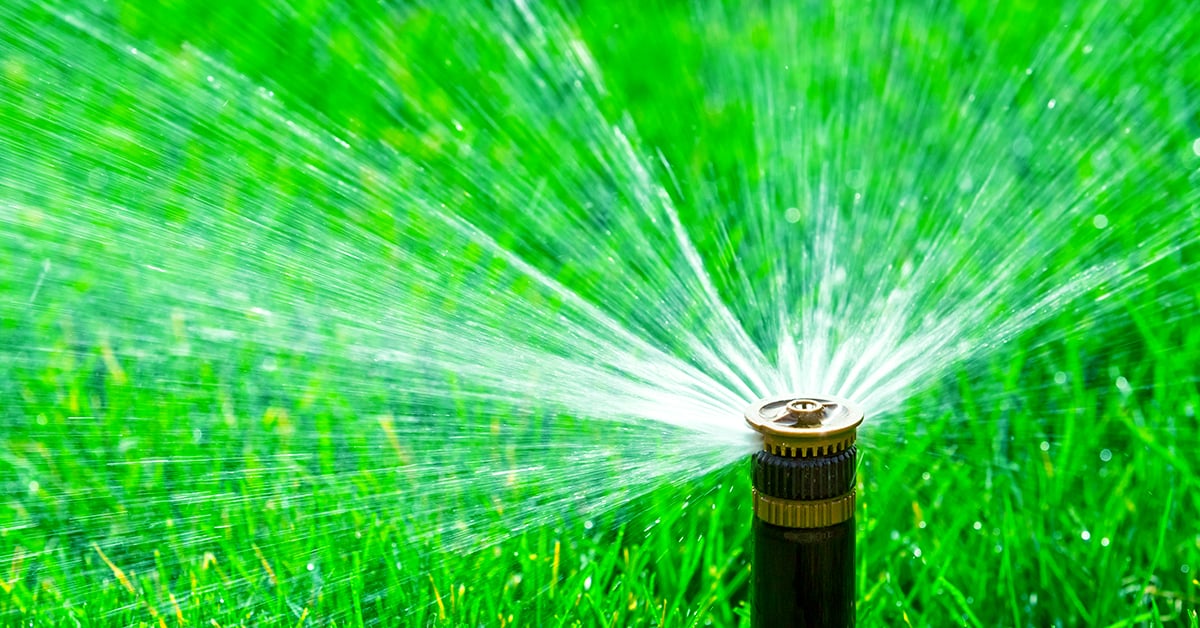
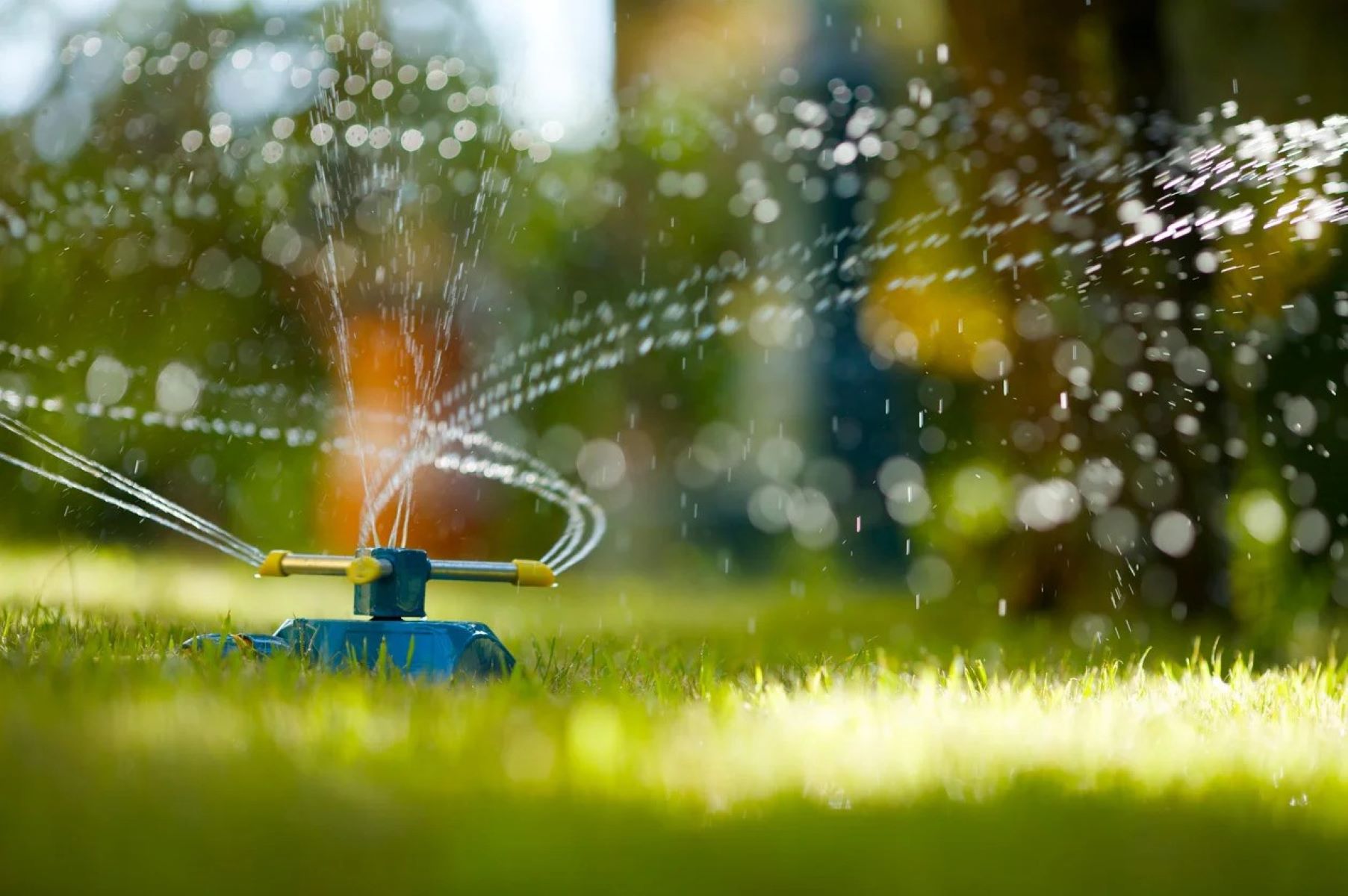
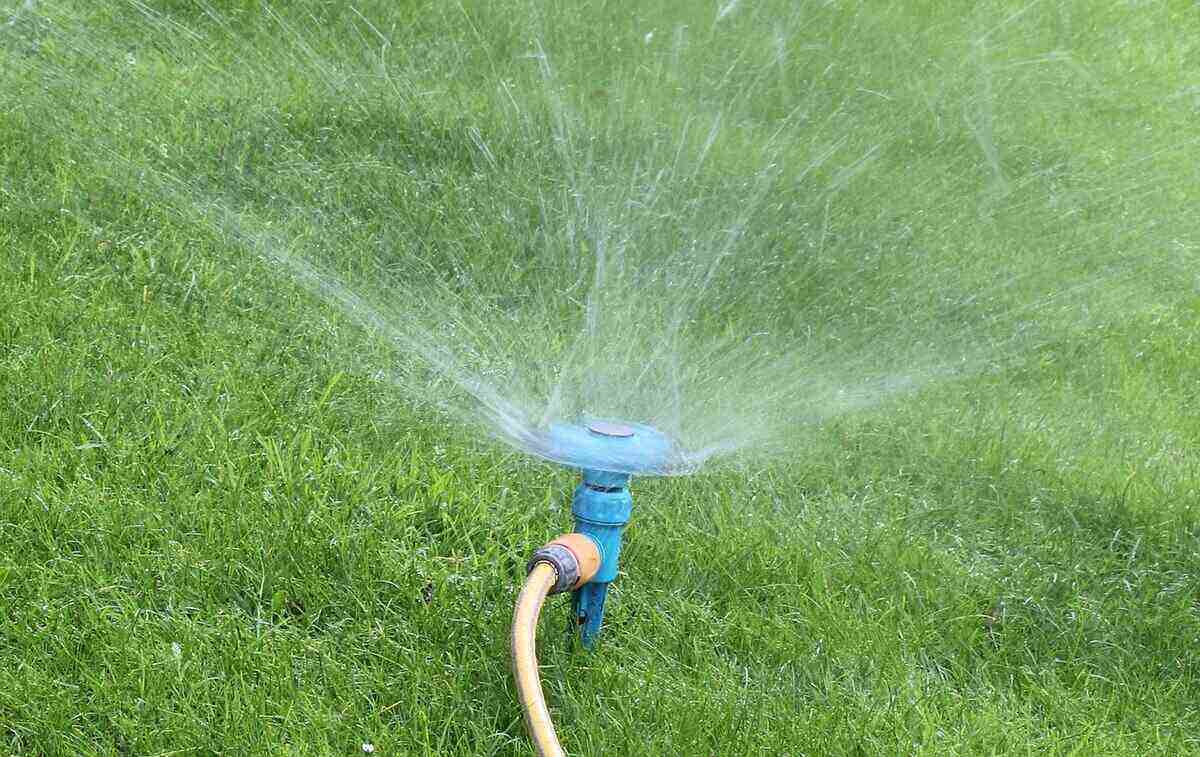
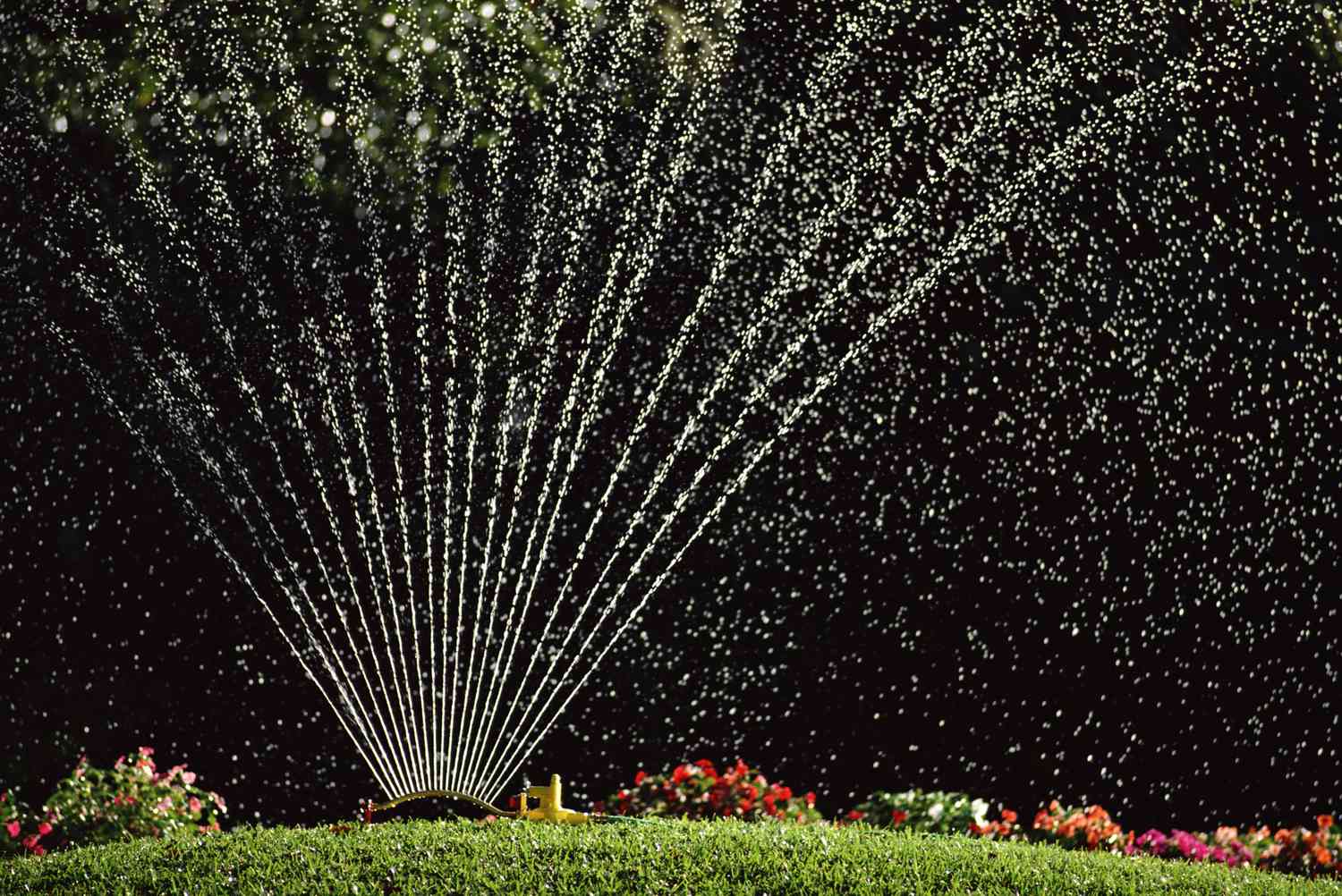
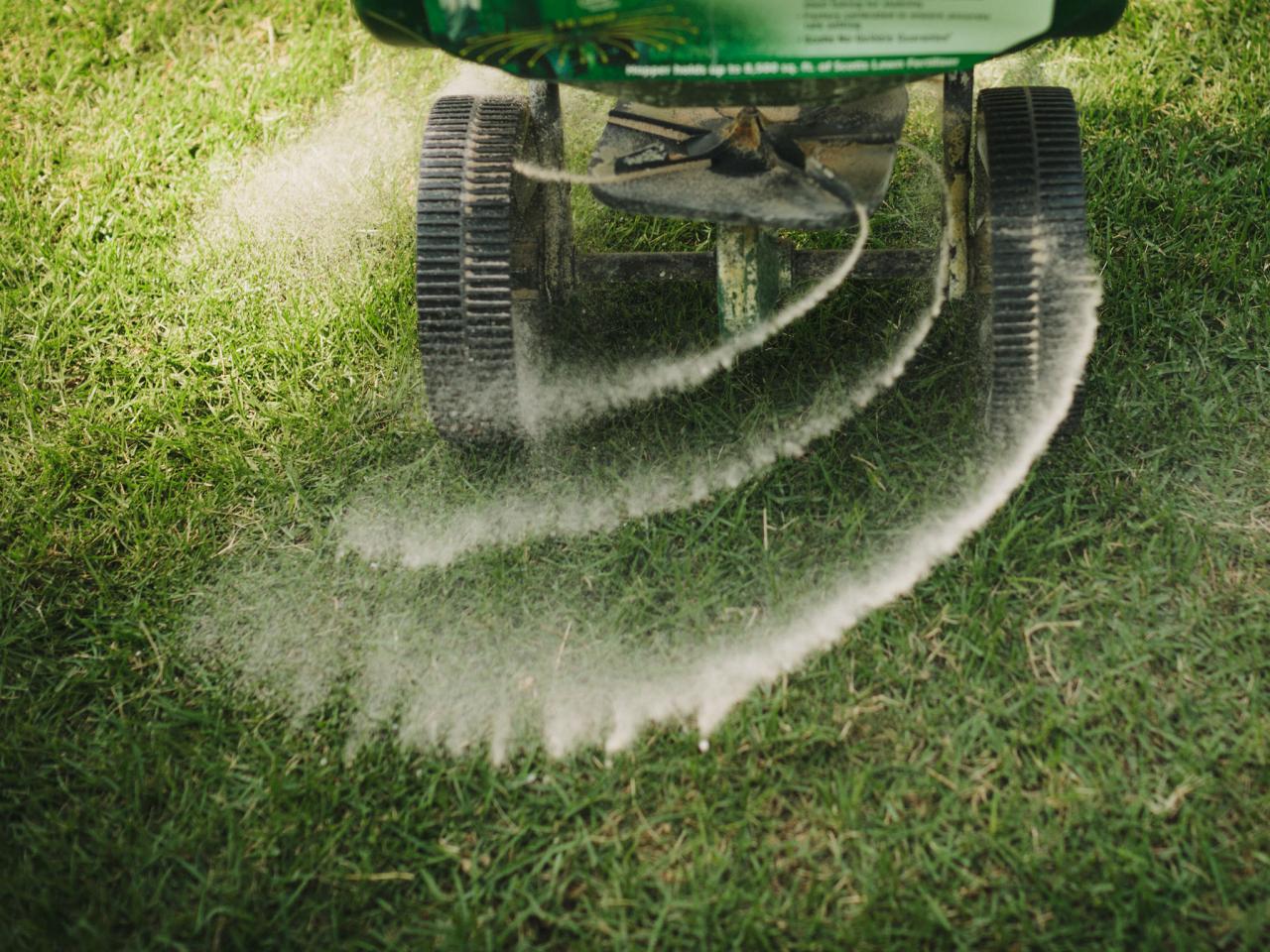
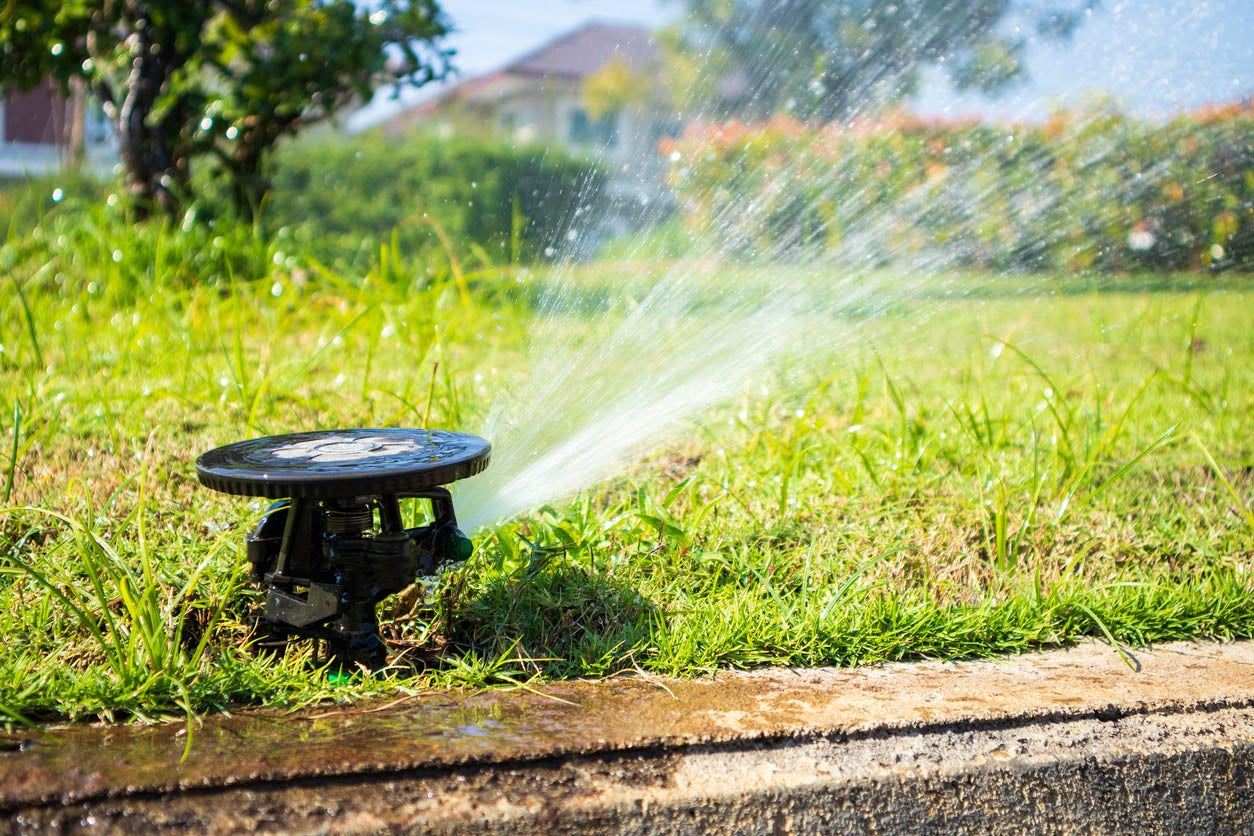
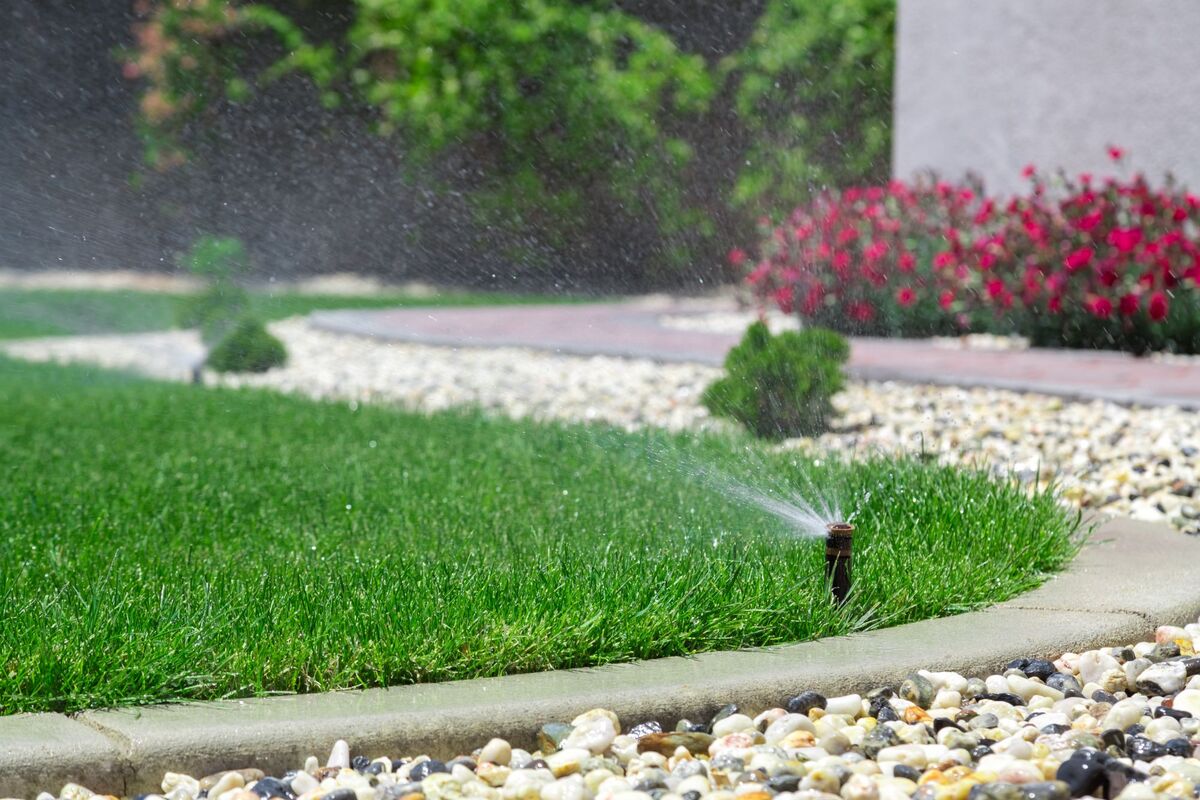
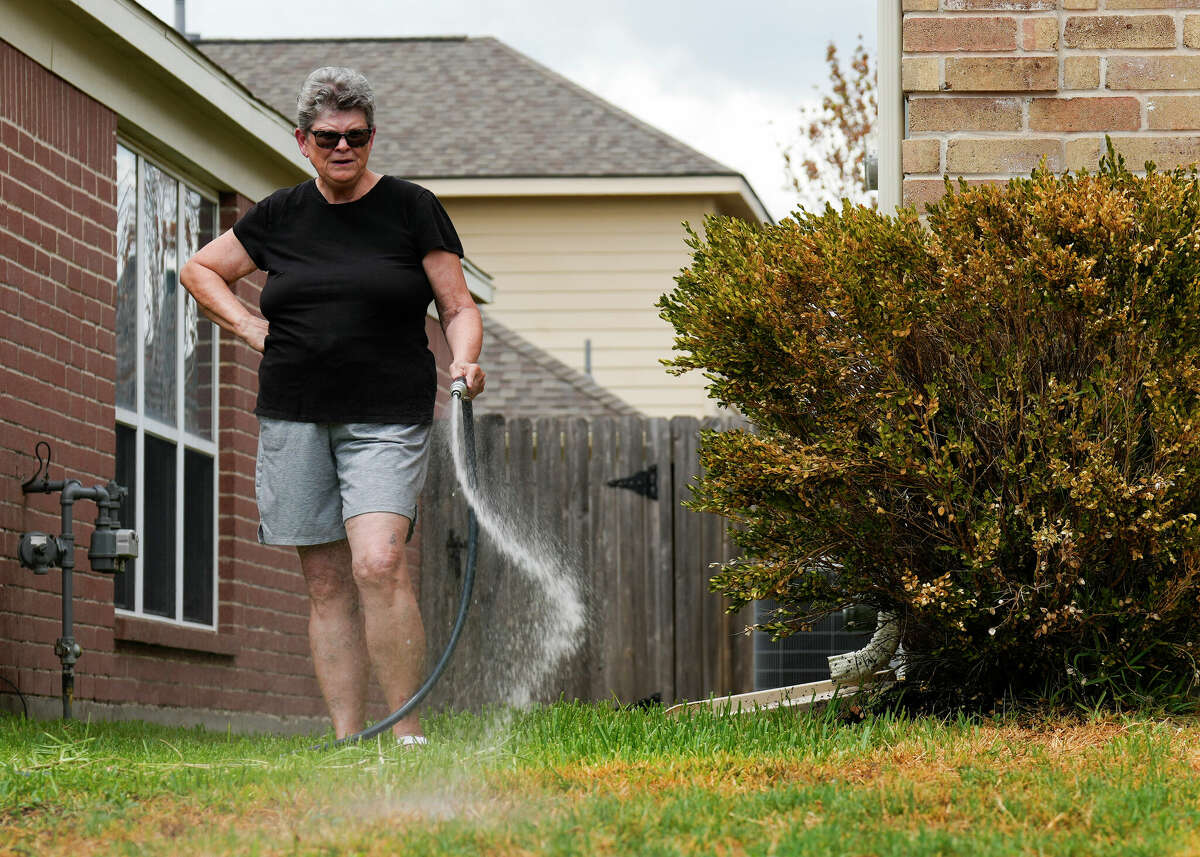
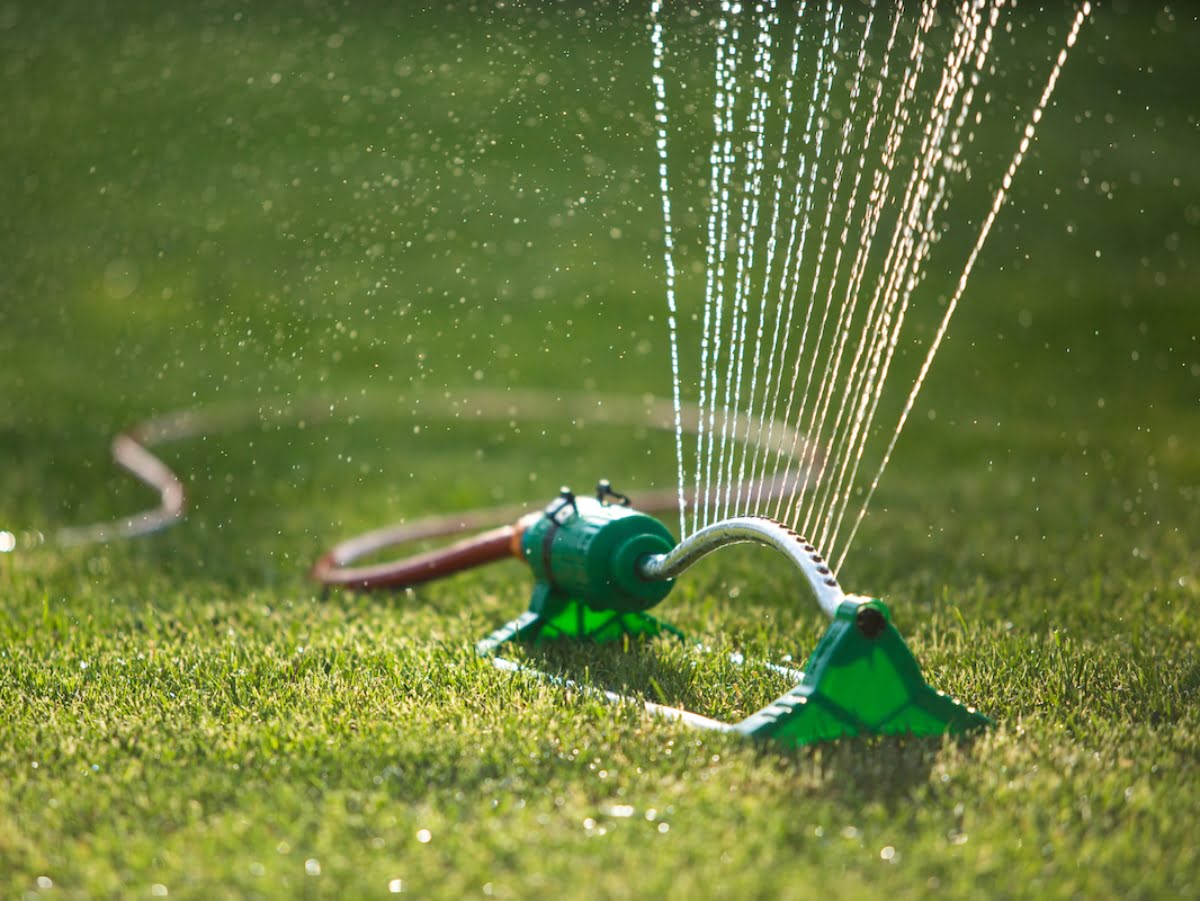
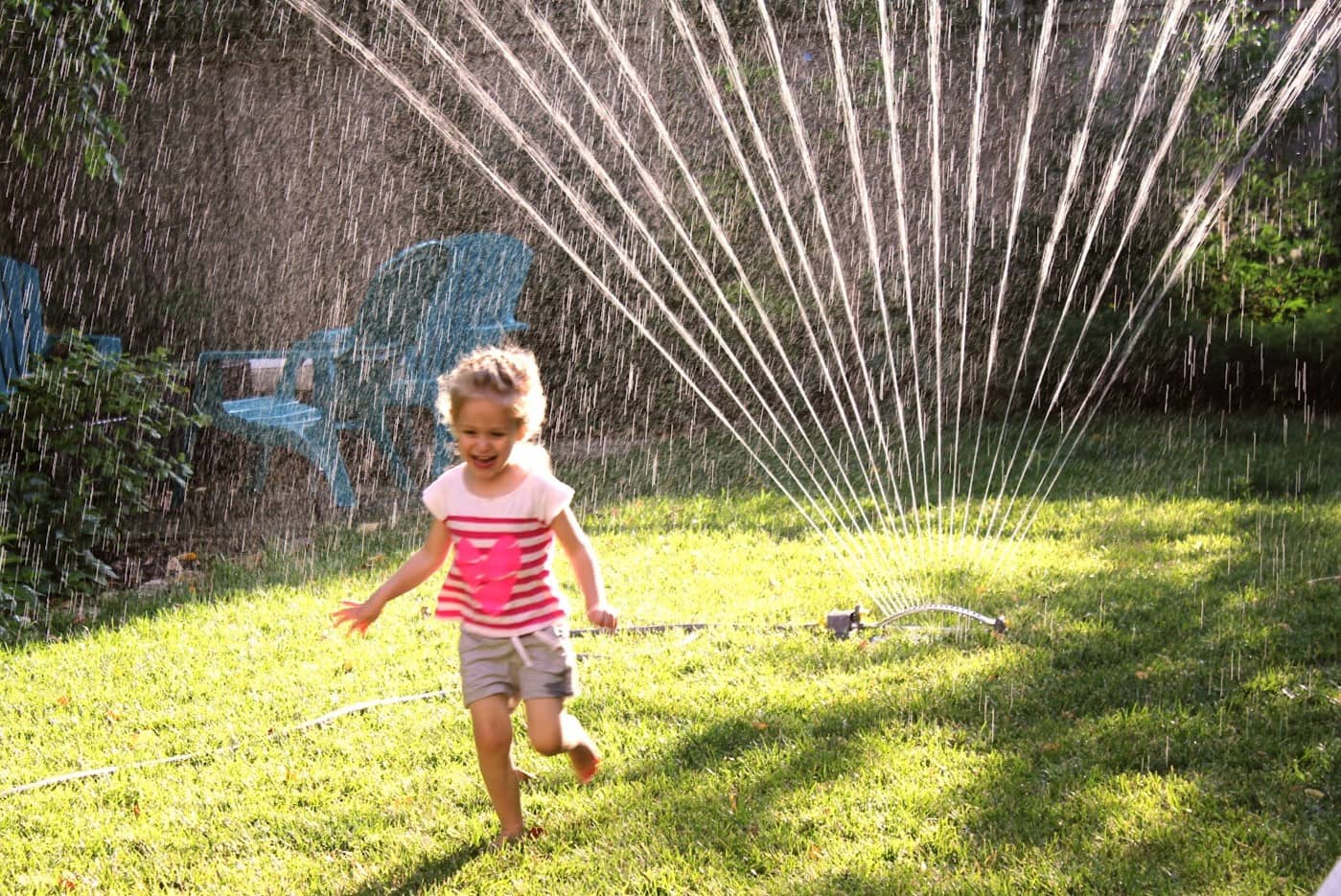
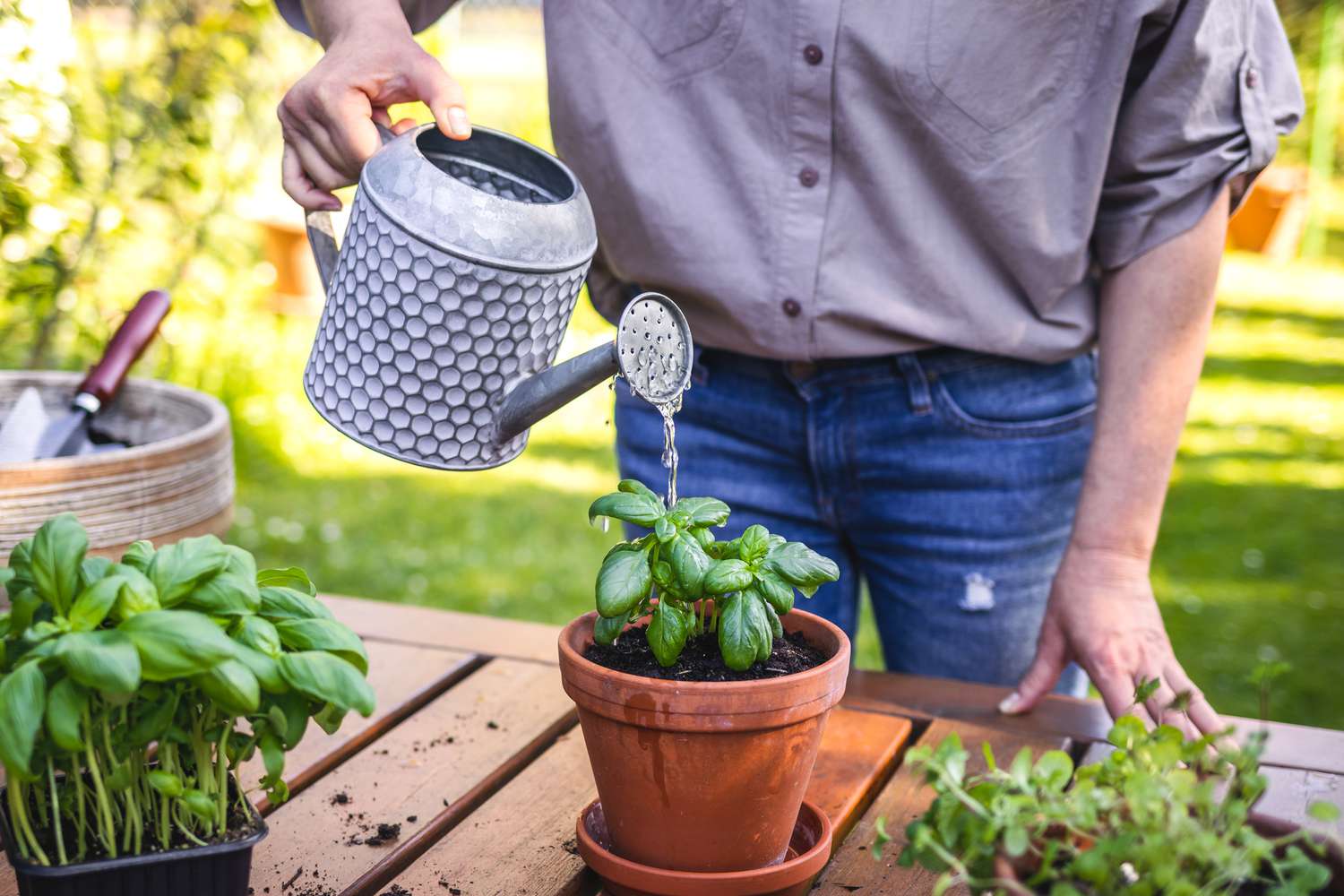
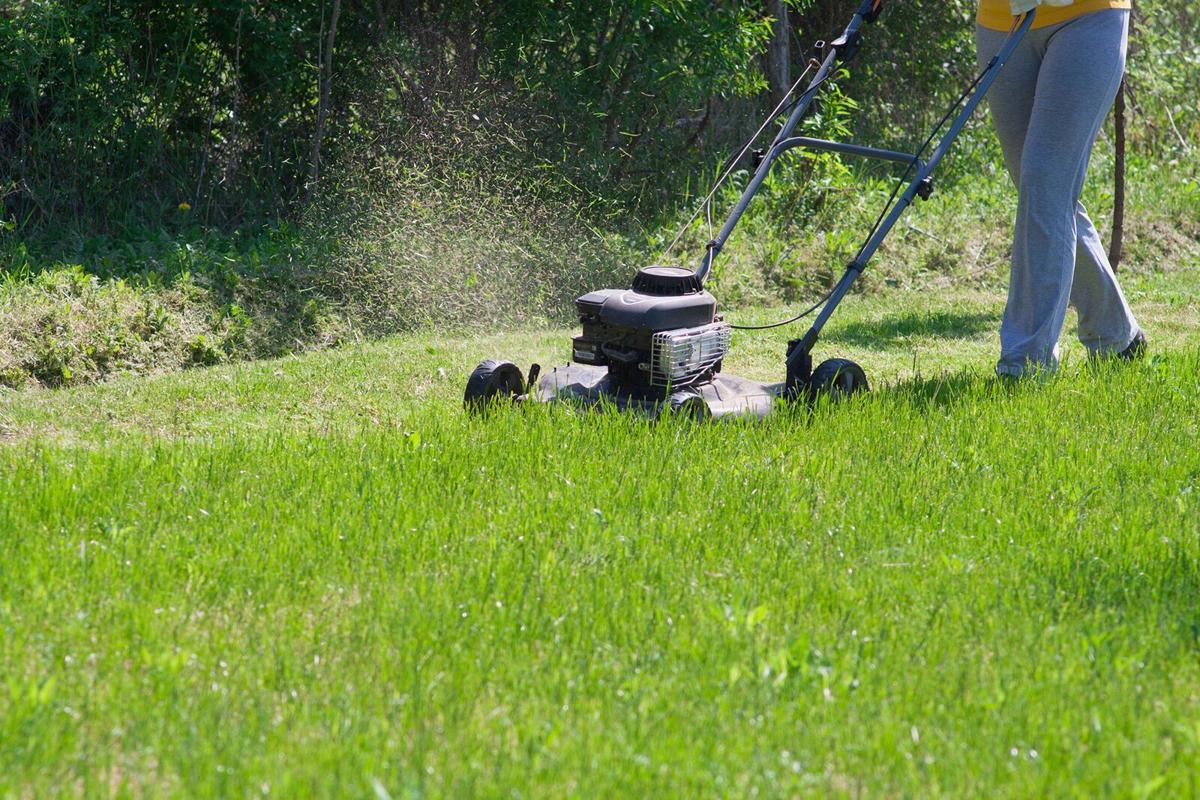
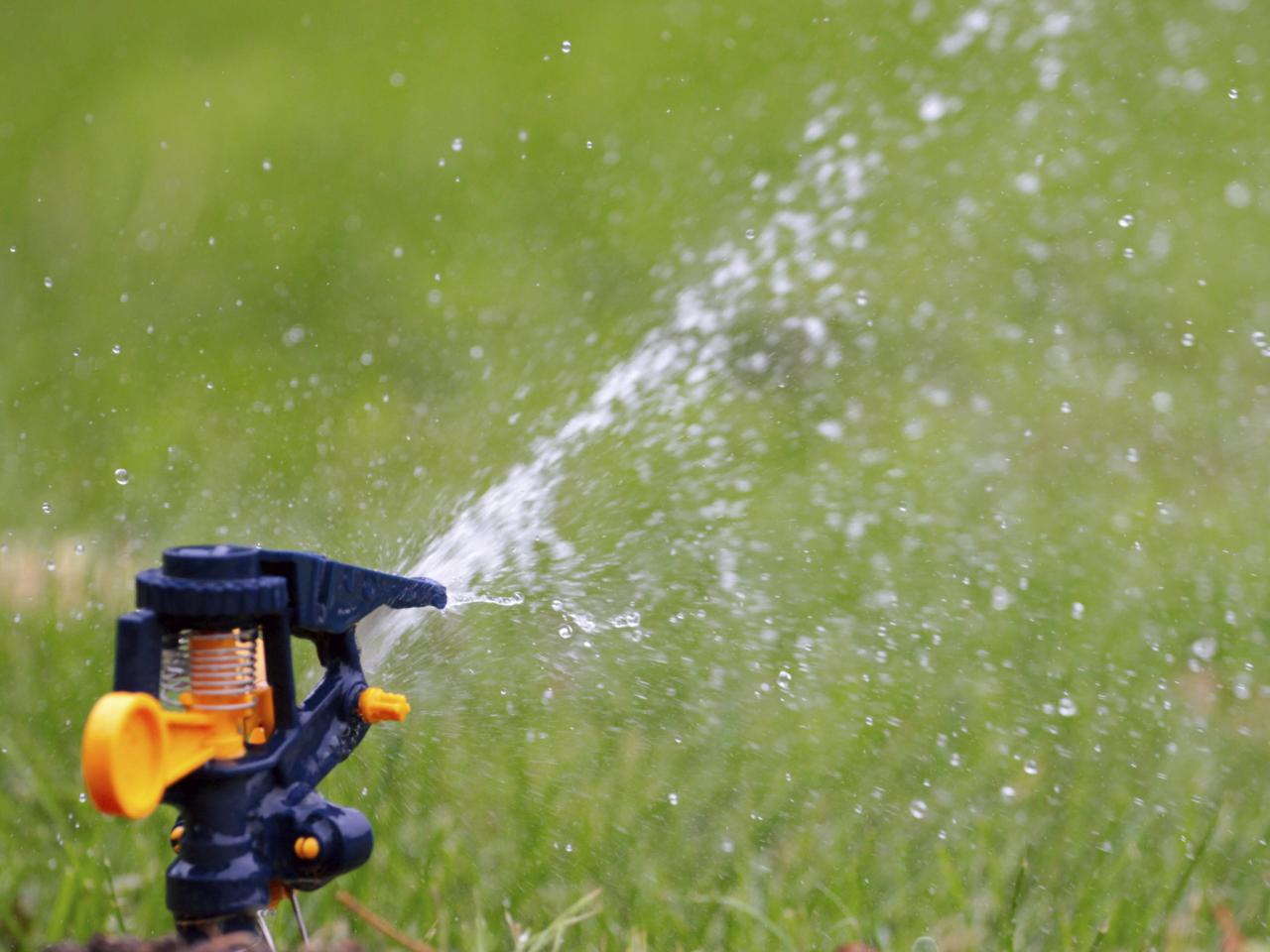
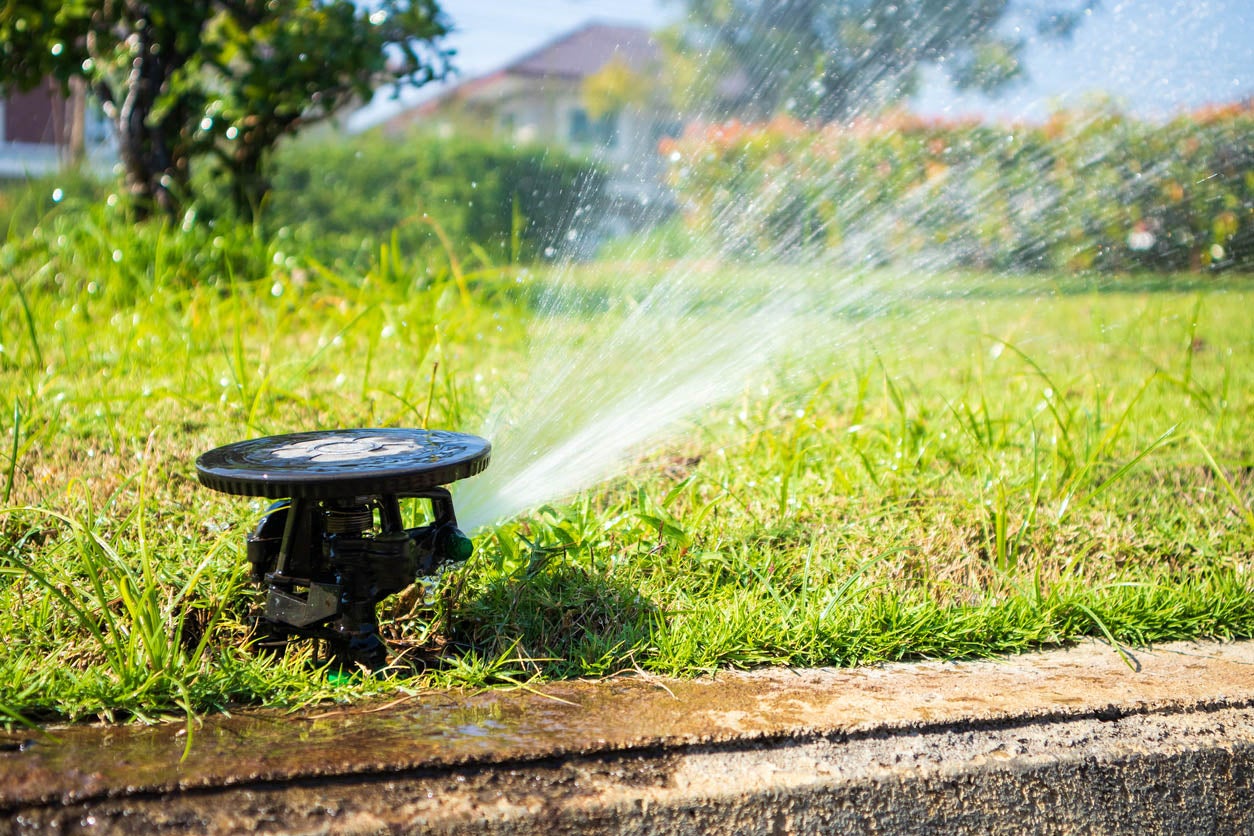

0 thoughts on “What Is The Best Time To Water Grass In The Summer”